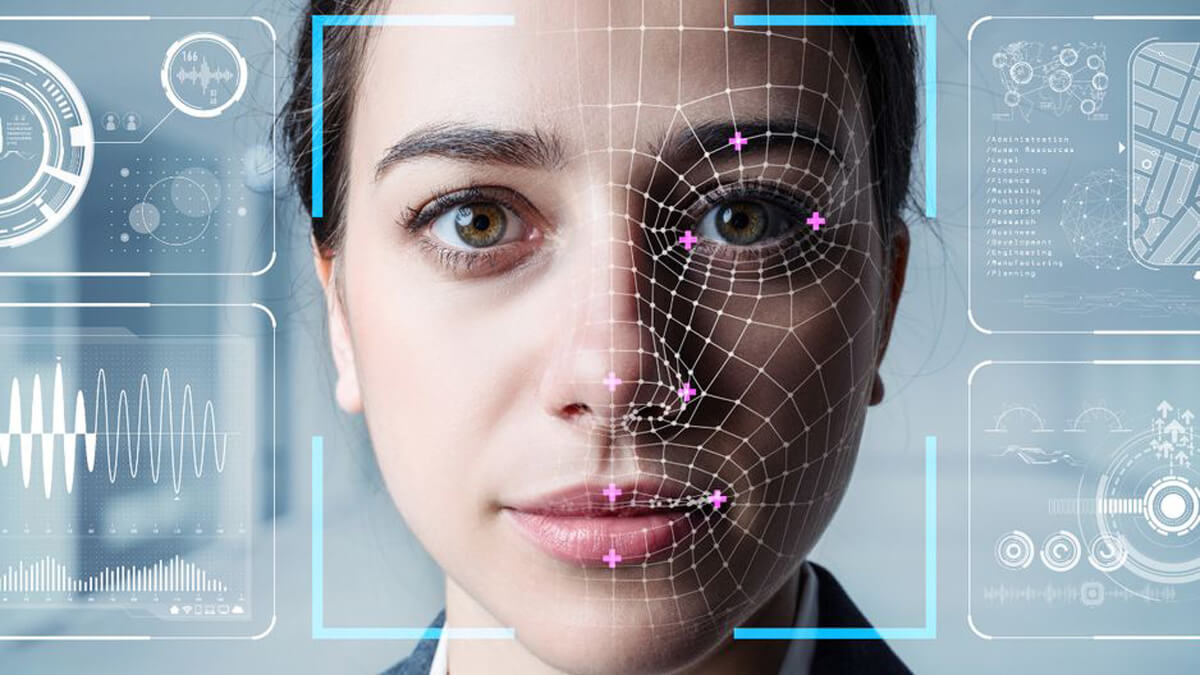The future of personal identification in Canada…
In the digital age, the way we identify ourselves is rapidly evolving. Traditional forms of identification such as physical IDs, passports, and driving licenses are gradually being replaced by digital identification systems. Digital identification, also known as digital ID, refers to electronic verification of a person’s identity online. This technology is changing the way we access services, make transactions, and interact with the world around us.
Digital identification systems work by capturing and storing an individual’s biometric data, such as fingerprints, facial features, or iris scans, along with personal information like name, date of birth, and address. This data is securely stored in a digital format and can be accessed through specialized devices or applications that are connected to a central database.
When a person needs to verify their identity, they can do so by providing one or more biometric markers or by entering a unique digital identifier, such as a username or password. The system then compares this information with the stored data to confirm the person’s identity. Digital identification systems are often used for secure access to online accounts, financial transactions, government services, healthcare records, and more.
With the increasing adoption of digital identification systems, concerns have been raised about the potential for government surveillance and control over individuals. Some critics argue that centralized databases of personal information could be exploited by governments to monitor citizens, restrict freedoms, or even manipulate behavior.
While these concerns are valid, it is essential to distinguish between the potential misuse of digital identification systems and their intended purpose. When implemented correctly, digital IDs can enhance security, streamline processes, and improve access to services for individuals. Governments and organizations must prioritize data privacy, security, and transparency to build trust in these systems and protect citizens rights.
Like any technology, digital identification systems have both positive and negative implications. On the positive side, digital IDs can help reduce identity theft, improve access to essential services, and enable more efficient and secure transactions. They can also empower individuals to manage their own data and control who has access to it. However, concerns about data privacy, security breaches, and potential misuse of personal information highlight the need for robust safeguards and regulations. It is crucial for governments, organizations, and individuals to work together to ensure that digital identification systems are designed and implemented ethically and responsibly.
In today’s interconnected world, digital identification is rapidly reshaping how we authenticate ourselves and interact with various services and platforms. While the technology offers numerous benefits, it also raises important questions about privacy, security, and the balance of power between individuals and institutions. Let’s delve deeper into the advantages and challenges associated with digital identification.
Digital IDs streamline processes by allowing individuals to verify identity quickly and securely online, reducing the need for physical documents and in-person visits. Biometrics authentication methods used in digital IDs, such as fingerprint or facial recognition, offer enhanced security compared to traditional passwords or PINs, reducing the risk of identity theft.
Digital identification systems can improve the efficiency of government services, financial transactions, healthcare access, and other sectors by simplifying verification processes and reducing administrative burdens. Centralized databases storing sensitive personal information raise concerns about data privacy and the risk of unauthorized access or misuse of data by governments, corporations, or malicious actors. These systems are also very vulnerable to hacking, data breaches, and identity fraud, which can have serious consequences for individuals, including financial losses and reputational damage.
There are legitimate concerns about the potential misuse of digital IDs by governments to monitor citizens, suppress dissent, or restrict freedoms, leading to questions about the balance between security and individual rights. Governments and organizations should be transparent about how digital identification systems function, what data is collected and stored, and who has access to this information. The ethical area should be paramount as digital ID systems should be designed with ethics and human rights principles in mind, prioritizing user consent, data minimization, and accountability.
Digital identification holds immense potential to transform how we authenticate ourselves and engage with the digital world. By addressing concerns related to privacy, security, inclusivity, and government control, we can ensure that digital IDs serve as a force for empowerment, efficiency, and innovation while upholding fundamental rights and values in the digital age.
Get ready its coming!
Vincent Black/MS






Redes Sociais - Comentários